Teardown: PCB layout and components
I have already discussed the changes in the load change behavior and the power consumption, but more about that later in this review. Let’s first start with the board of the KFA2 GeForce RTX 4080 SG 16GB. NVVDD is still the main voltage and MSVDD has been buried for good. This also results in the voltage transformer design with a total of 8 phases and the resulting 16 control loops for NVVDD alone (two in parallel per phase). The KFA2 GeForce RTX 4090 SG 24GB still relied on 9 phases and a total of 18 voltage converters. Here you need a little less now, logically.
The gaps on the PCB show 8 unused voltage regulators, so now you also know why you chose the limit with the up to 420 watts. That you rely on a solid parallel circuit instead of phase doubling makes perfect sense, because with the now also higher switching frequencies, double the number of phases would only be a hindrance due to the inertia of the coils and caps. KFA2 therefore makes a certain compromise here, at least in terms of the number of phases and control loops.
The PWM controller for NVVDD (GPU Core) in the form of UPI’s uP9512R is a standard model of PWM controllers from this manufacturer. It is a digital controller that primarily provides power to the NVIDIA PWM VID core and is also compatible with the AVSBus interface. It can (and should) also work with MPS’s Intelli-PhaseTM products to complete the multi-phase voltage regulator (VR) solution with a minimum of external components.
A uP9529Q then drives the four FBVDDQ phases for the memory (the FE uses three). Like the uP9512R for NVVDD, it is located on the back of the board. Right next to it is a uPI uS5650Q for monitoring the four 12V rails (3x Aux and 1x PEG).
All the power stages used, including the one for the memory, are rather inexpensive products from Alpha & Omega in the form of the AOZ5311NQI-03 BLN3. The chip implements a monolithic half-bridge capable of driving up to 55A per phase. The integration of drivers and MOSFETs (DrMOS) results in high efficiency due to optimal dead time and reduction of parasitic inductance. This small, 5 mm x 6 mm LGA device is obviously not high-end.
The completely unlabeled coils used for NVVDD have an inductance of 220 mH, as do those for the memory. KFA2 has obviously made an effort to improve the quality a bit, but it is still never possible to do it without any noise, unfortunately. Rather negatively, you have to actively cool the coils’ approximately 0.5 watts of power dissipation, because the cooler coils are, the louder they unfortunately become (note the expansion coefficient). This is also usually stated in the specs as the optimal temperature window. I would have left it out.
The two 12V rails on the 12+4 12VHPWR connector are combined to one rail after the two shunts (one per rail), another one is connected to the PEG but not used for NVVDD. The single BIOS is at the usual place and also the generation of the remaining extra-low voltages is as usual. So there are no more special features.
Teardown: The cooler
The airflow is provided by the three familiar 9.5 cm fans (10 cm opening) on the front with 11 strikingly shaped rotor blades each, which should also provide a bit more static pressure in the thick cooler. We will see later that this principle can work.
The actual heatsink cools the GPU and RAM modules, the rest is done via the thermally connected carrier construction or the flattened eight (!) 6 mm heatpipes made of nickel-plated copper composite, which also cools the voltage converters.
The pads used are utilitarian, extremely malleable and thus unfortunately quite soft. Whether they oil out in the long term, however, I can not determine so unfortunately. Very good, reasonably soft pads with a thickness of 1.5 to 1.75 mm should be used here when rebuilding.
- 1 - Einführung, technische Daten und Technologie
- 2 - Test System im igor'sLAB MIFCOM-PC
- 3 - Teardown: Platine und Kühler
- 4 - Gaming-Performance
- 5 - Leistungsaufnahme und Lastverteilung
- 6 - Lastspitzen, Kappung und Netzteilempfehlung
- 7 - Temperaturen, Taktraten, Lüfter und Lautstärke
- 8 - Zusammenfassung und Fazit















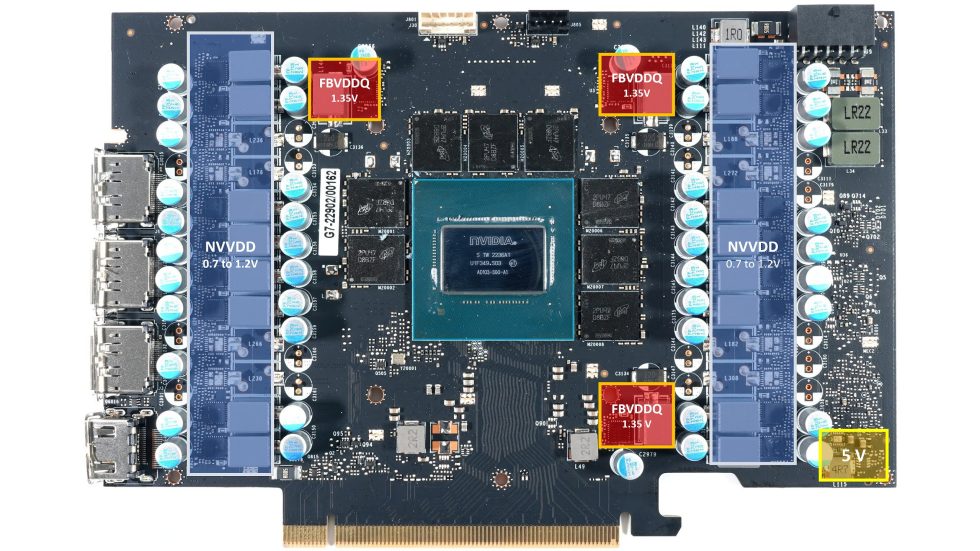
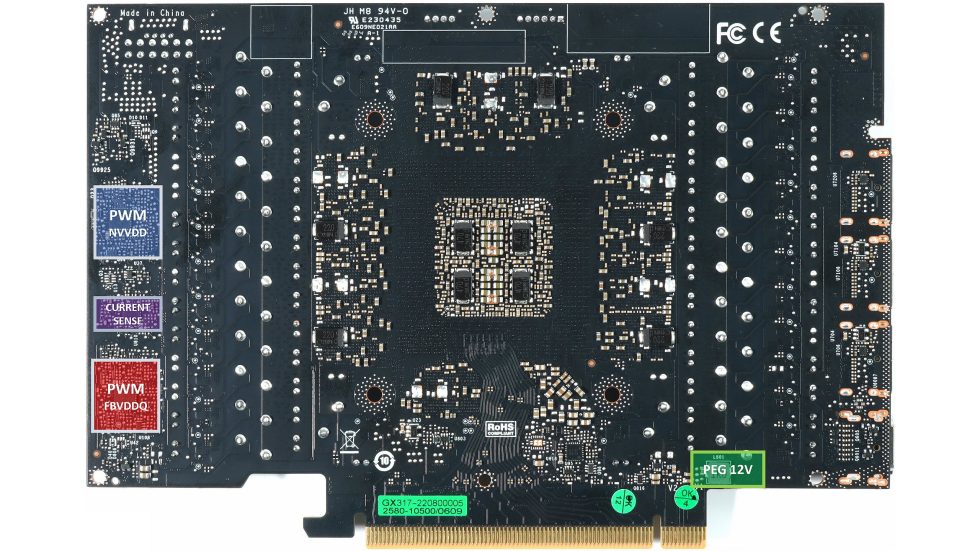
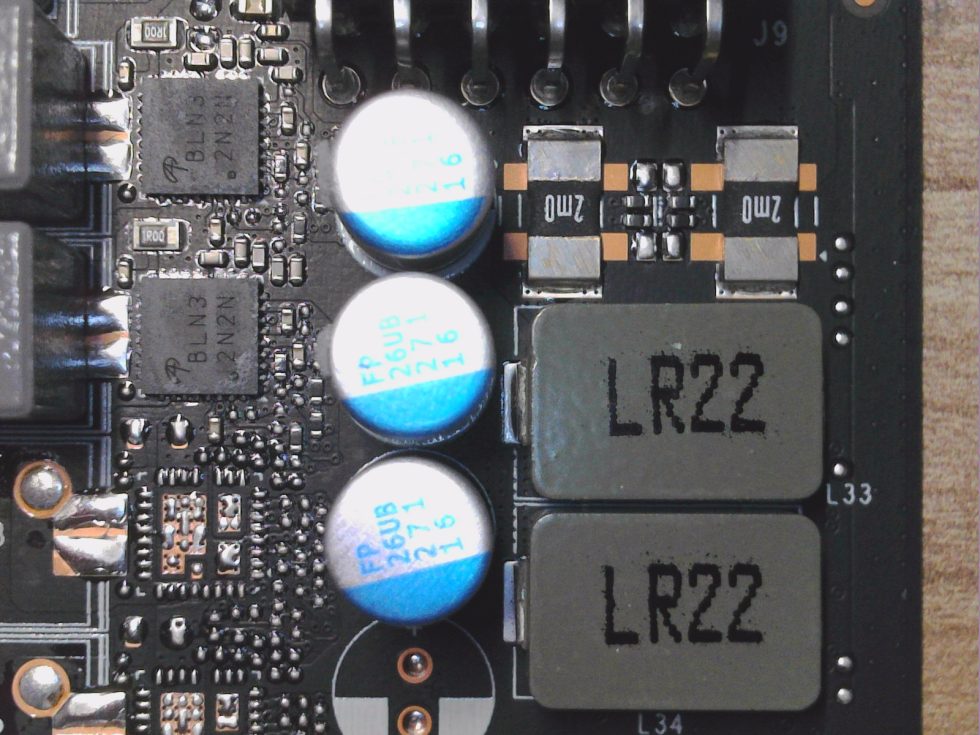
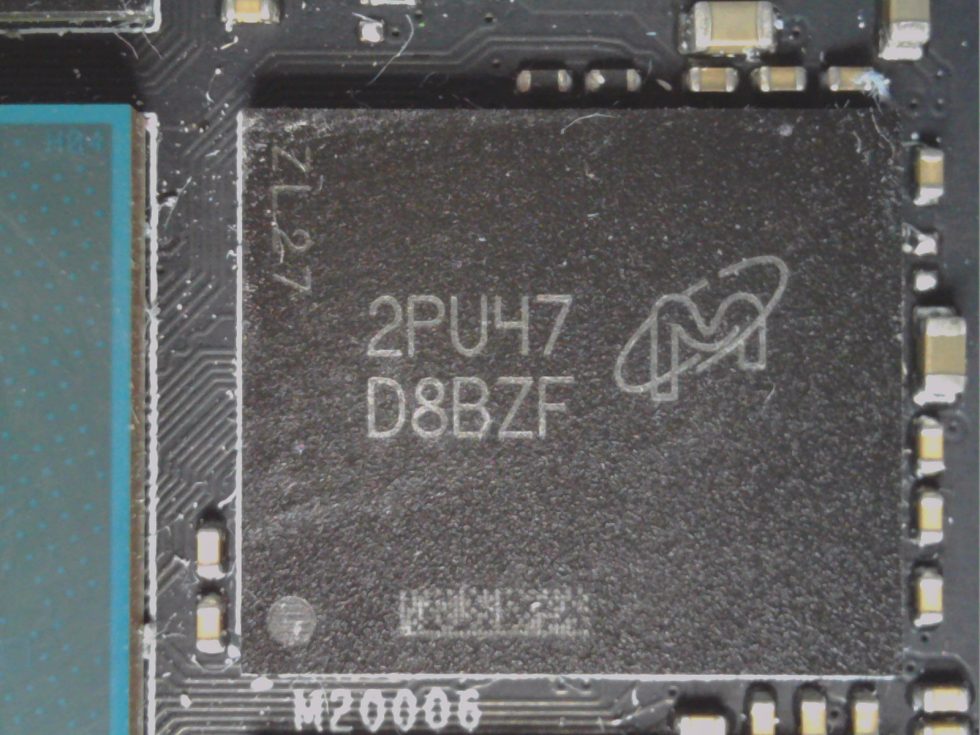
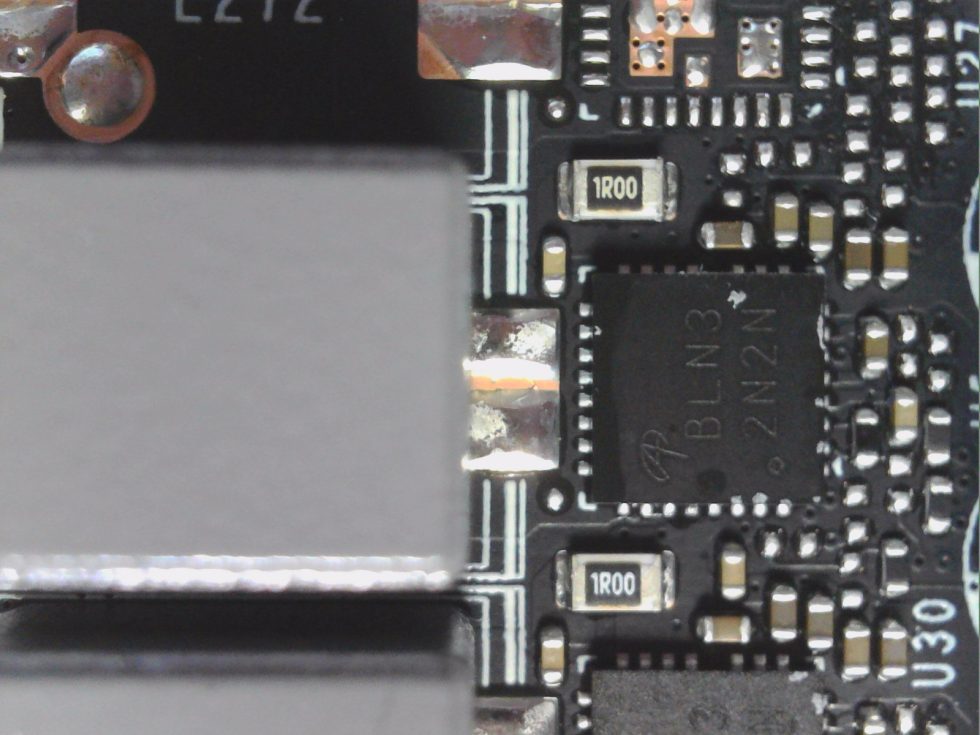
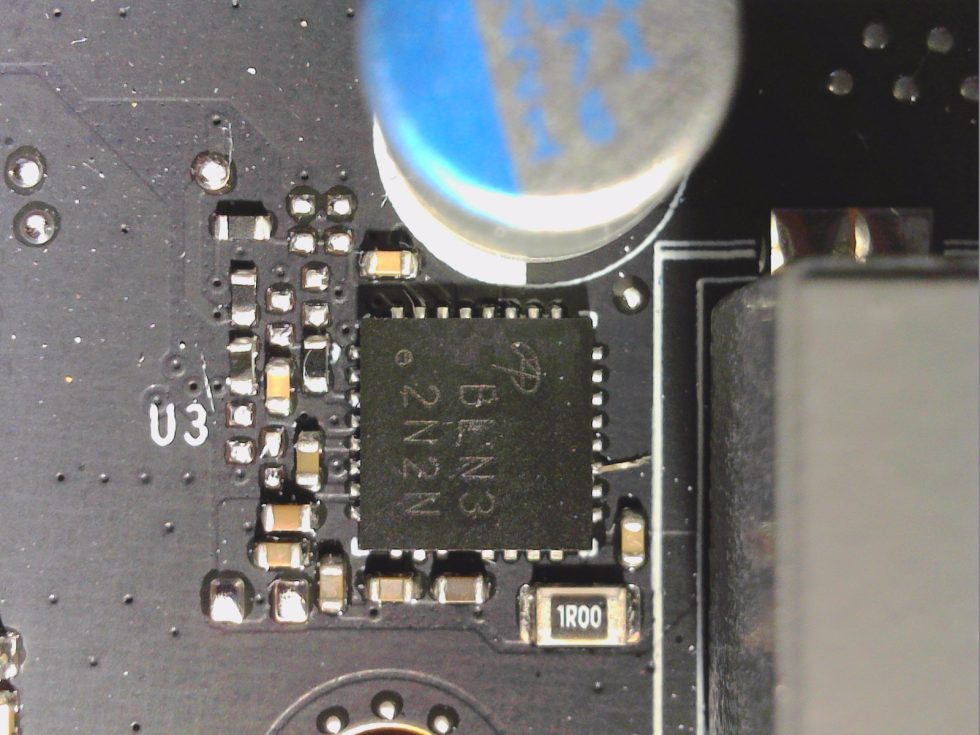
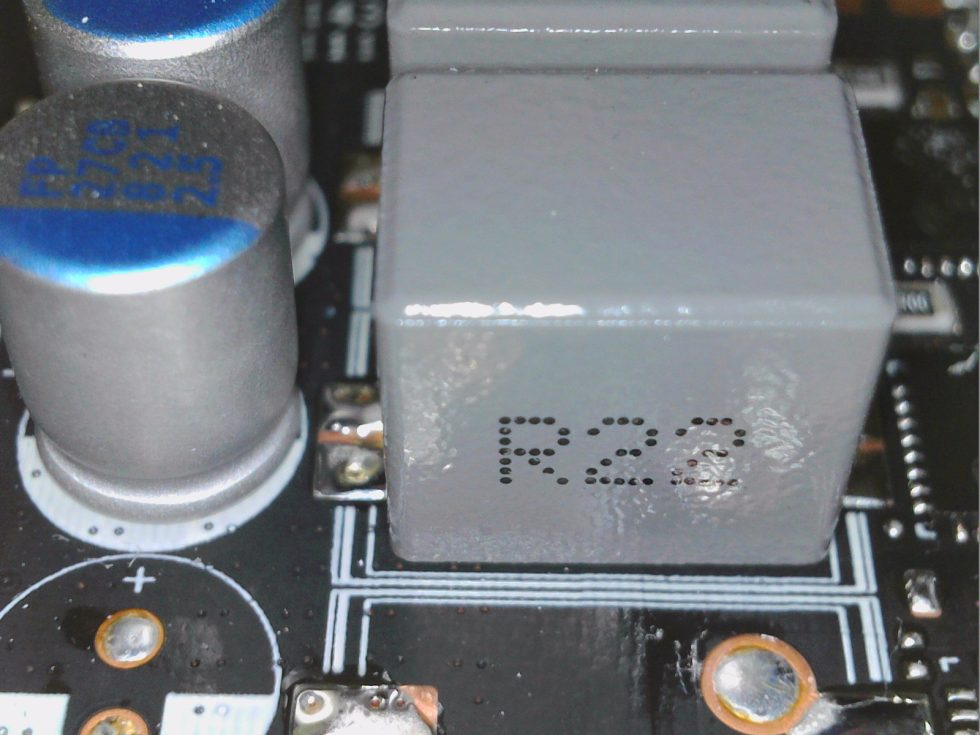
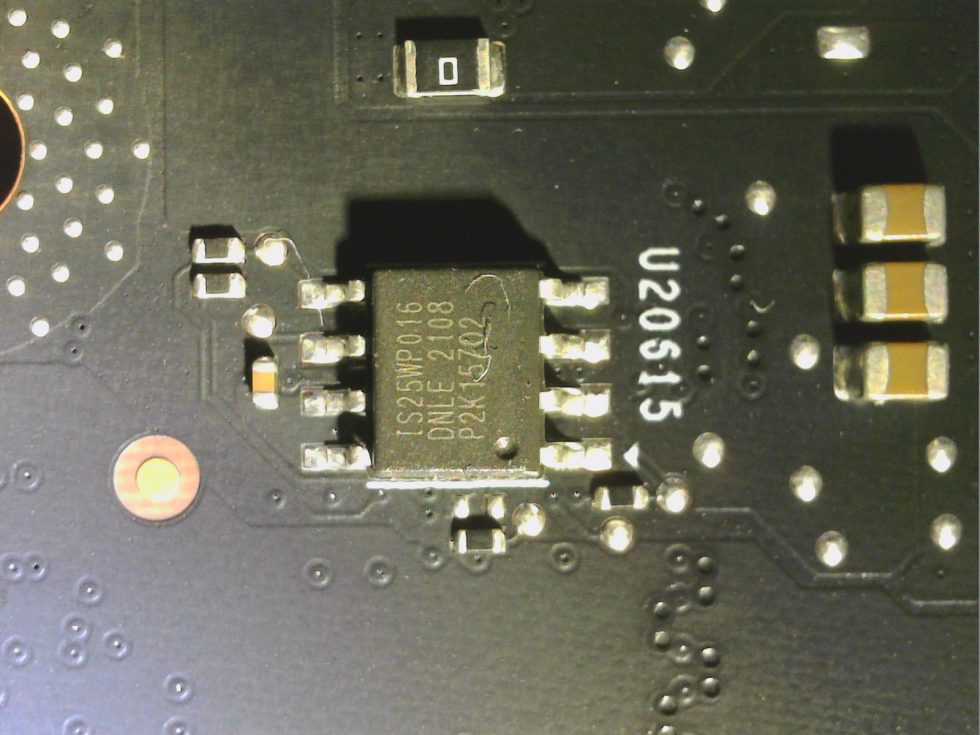
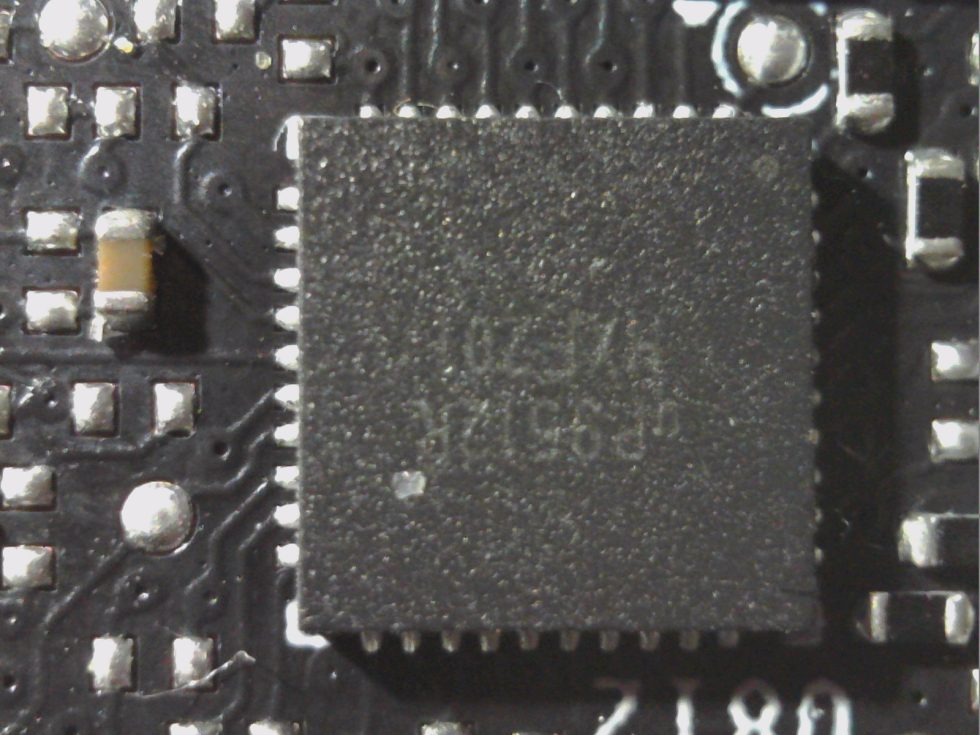
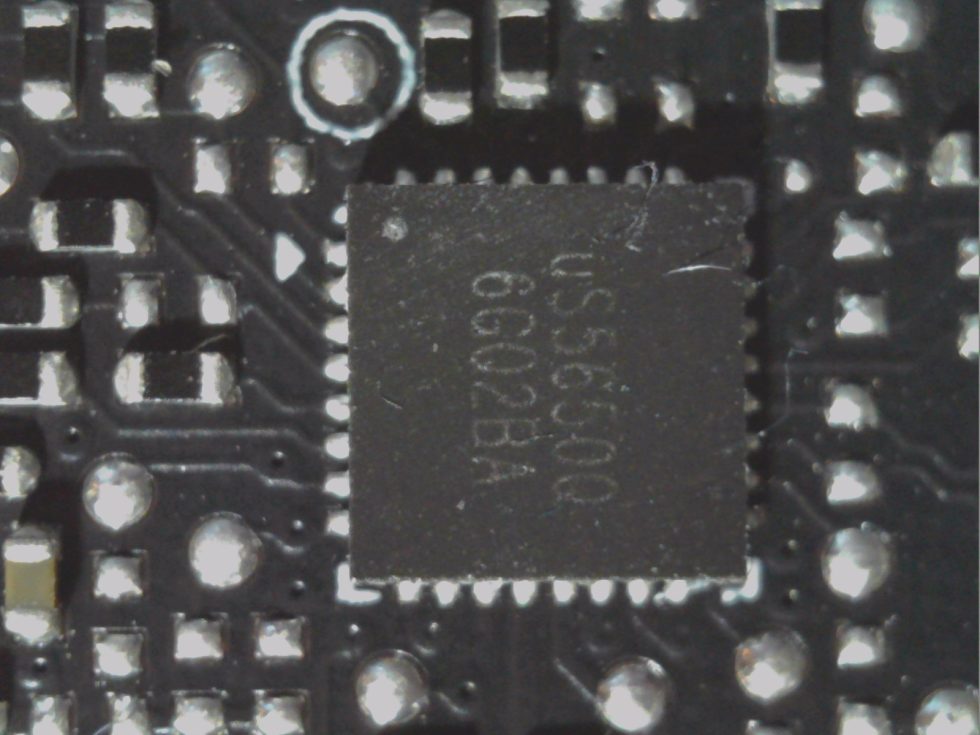
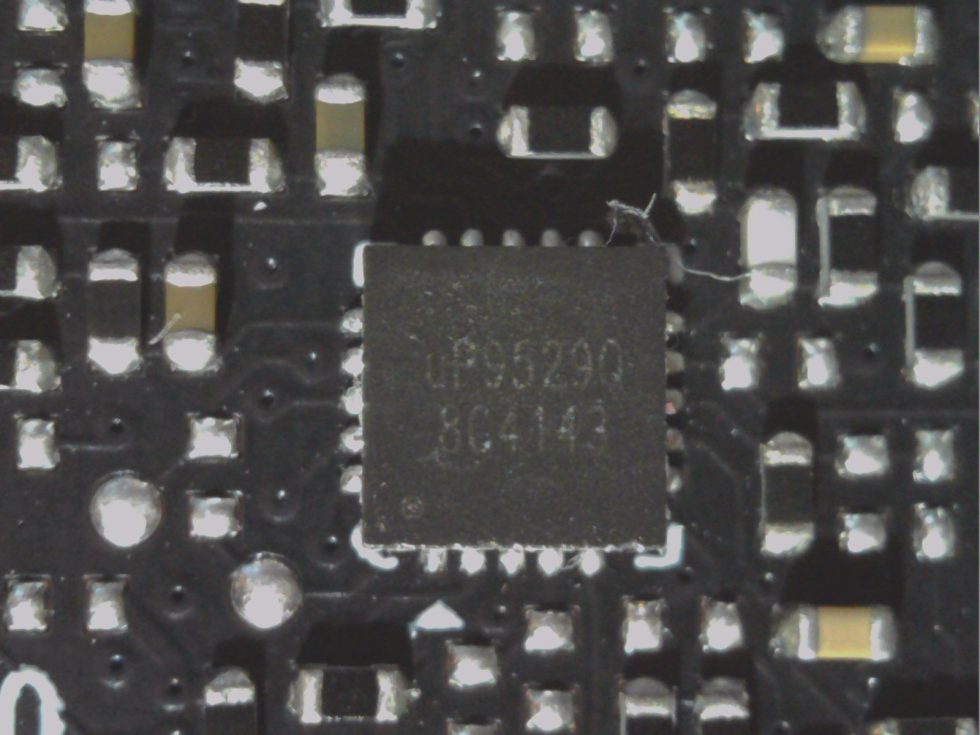
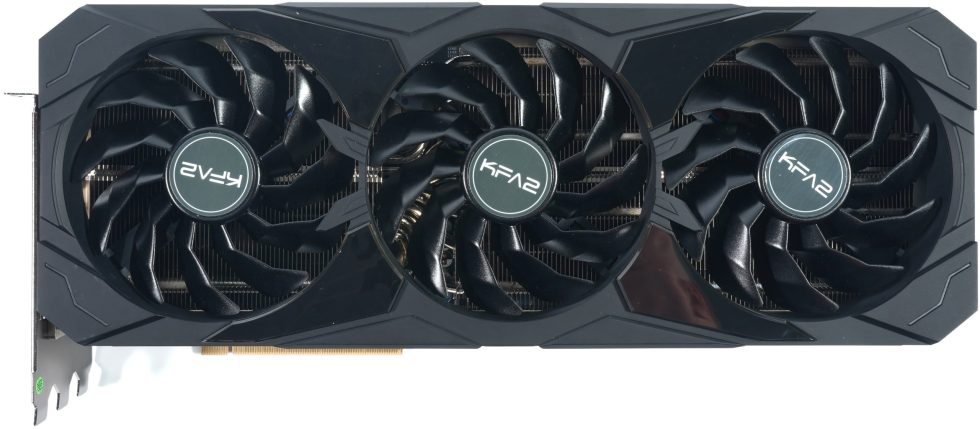
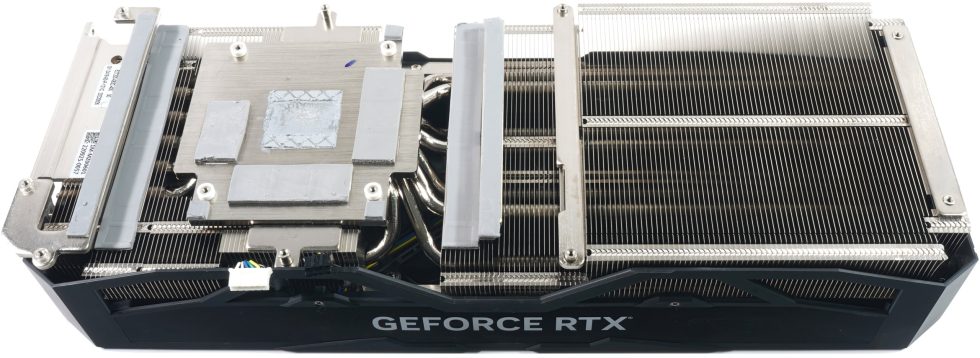



















59 Antworten
Kommentar
Lade neue Kommentare
Urgestein
Urgestein
Urgestein
Urgestein
Urgestein
1
Urgestein
Veteran
Urgestein
Veteran
1
Mitglied
Urgestein
Urgestein
Urgestein
Urgestein
Veteran
Veteran
Mitglied
Alle Kommentare lesen unter igor´sLAB Community →